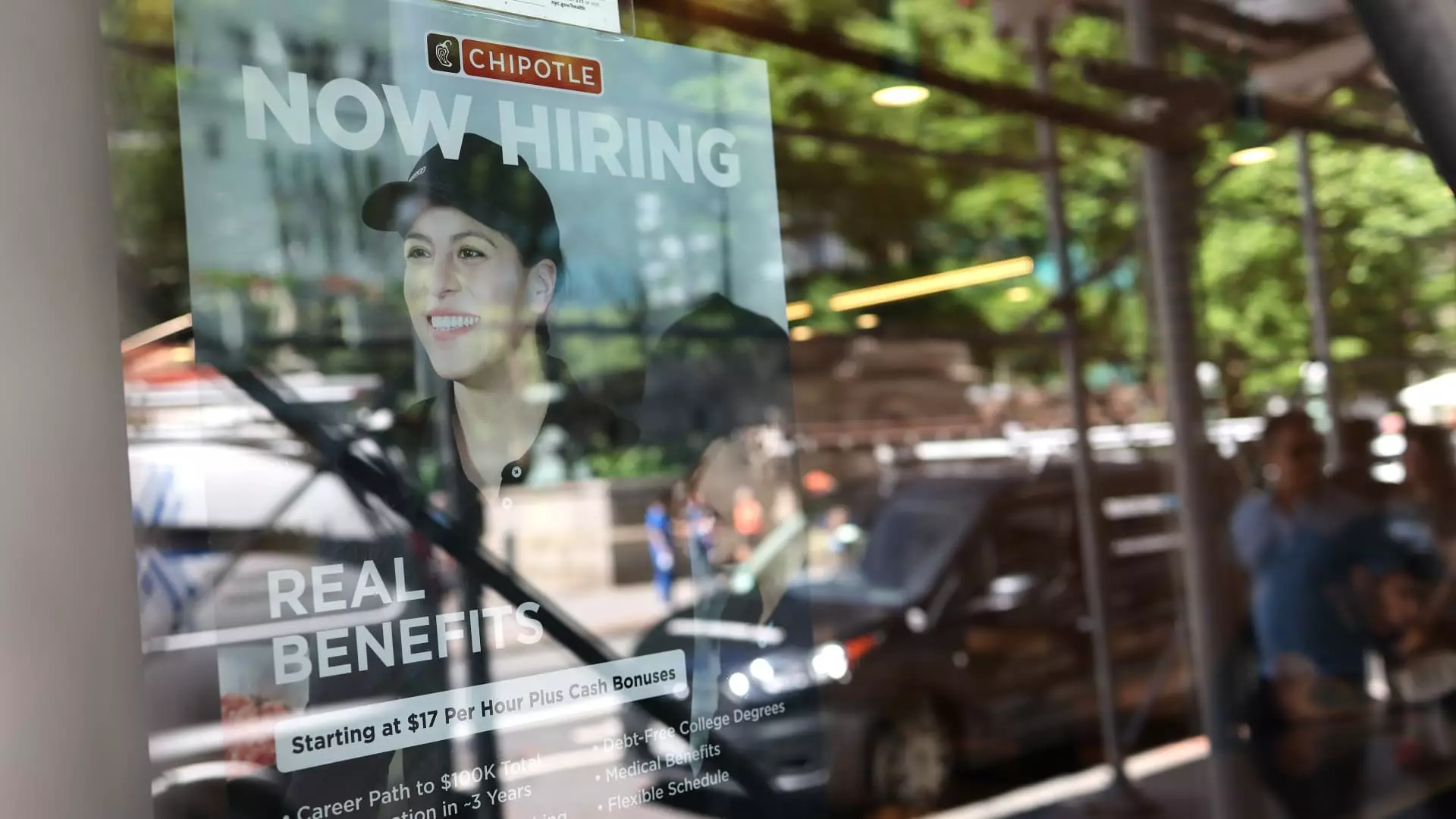February’s job growth statistics paint a contentious picture, revealing a labor market that feels more like a balancing act than a robust recovery. According to the Bureau of Labor Statistics, nonfarm payrolls nudged up by a mere 151,000—better than January’s downward revision but still below expectations. The consensus foresaw an increase of 170,000, highlighting a growing disconnect between economic forecasts and the lived realities of American workers. With the unemployment rate creeping back up to 4.1%, one might ask: Is this the sign of an ill-managed economy, or merely a bump on the road to recovery?
This variance in job growth comes against a backdrop of significant federal workforce reductions advocated by figures such as Elon Musk, who heads the controversial Department of Government Efficiency. While the intention behind slashing workforce numbers is purportedly to streamline governmental inefficiencies, the ramifications could lead to real-world hardship for many. Losing 10,000 federal jobs in February alone is indicative of a shift that the average worker may feel but will not fully understand until months later.
Elon Musk’s Controversial Reforms: A Double-Edged Sword?
The implications of Musk’s actions are perplexing. As buyouts and mass firings ripple through government departments, it’s critical to question whether a leaner workforce can actually lead to improved efficiencies. Or are we merely fueling a narrative that celebrates job cuts while eroding the backbone of public service? When a staggering 62,000 layoffs were announced under Musk’s reforms, skepticism filled the air. The job market is suddenly being pulled in different directions, and the results can feel jarring for many who are relying on it for livelihood.
Further complicating this landscape is the increasing anxiety among workers. A grim 8% unemployment figure—one that includes not just the formally unemployed but also those discouraged or underemployed—raises valid concerns about job security in a time of unrest. While the health care sector manages to buoy some optimism with its addition of 52,000 jobs, other sectors like social assistance and transportation add to the mix of confusion, creating a juxtaposition where gains in one area are offset by losses in another.
Economic Signals: The Lack of Clarity
Mixed signals rarely inspire confidence. While stock futures moved higher following the jobs report, and Treasury yields dipped, how much of this confidence is real? Analysts suggest that the data is mixed at best, pointing to a labor force participation rate that has plummeted to 62.4%. This is its lowest level since early 2023. A decline of nearly 385,000 in the labor force shouldn’t be brushed aside; it reveals a troubling detachment from what should arguably be the central tenet of any flourishing economy—an engaged workforce.
And with the household survey reflecting a staggering decrease of 588,000 workers, one cannot help but note the discrepancy in reporting. What does it mean when the numbers don’t align? How can we trust that we’re heading in the right direction when chaos reigns and economic indicators fluctuate like a weather vane in a storm?
The report serves as a stark reminder of the complications surrounding current economic conditions. The volatility seen in the market since the inauguration of President Trump has created a tumultuous environment for both employers and employees. With job stability precarious amidst growing layoffs, the path forward is fraught with obstacles. As we navigate the shifting landscape of job growth and government efficiency, there’s a pressing need for transparent communication, creative solutions, and proactive engagement from both policymakers and employers. The labor market, though showing signs of stability, is precariously balanced on a knife edge—one that could tip in any direction depending on the whims of those at the helm.

